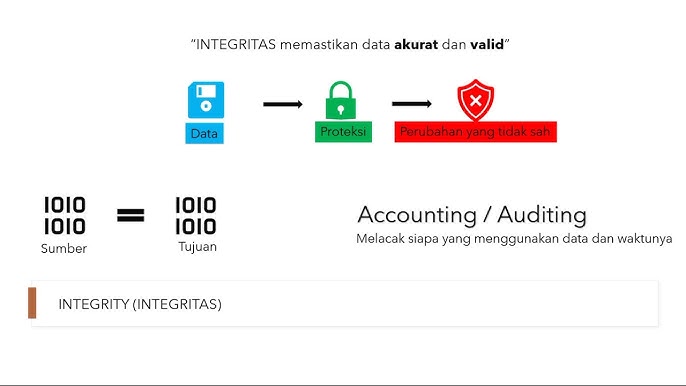What Is a Wearable Antenna? Functions, Applications, and Future Trends
telcomatraining.com – Wearable technology is rapidly evolving, and one of its most innovative components is the wearable antenna. This type of antenna is seamlessly integrated into clothing or accessories to enable wireless communication while maintaining comfort and flexibility. But what exactly is a wearable antenna, and why is it gaining so much attention? In this article, we will explore the functions, applications, and future trends of wearable antennas.
What Is a Wearable Antenna?
A wearable antenna is a specialized antenna designed to be worn on the human body, often embedded in textiles or flexible materials. Unlike traditional rigid antennas, wearable antennas must be lightweight, flexible, and capable of functioning efficiently despite movement and environmental factors.
These antennas operate in various frequency bands, such as Wi-Fi, Bluetooth, 5G, and even satellite communication, depending on the application. They are commonly used in healthcare, military, sports, and personal communication systems.
Functions of Wearable Antennas
Wearable antennas serve multiple functions across different industries, making them a crucial part of modern wireless communication. Some of their key functions include:
1. Wireless Communication
Wearable antennas facilitate seamless wireless communication by transmitting and receiving signals. They are widely used in smartphones, smartwatches, and other connected devices to improve connectivity and enhance user experience.
2. Health Monitoring
In the medical field, wearable antennas play a vital role in remote health monitoring systems. They help in tracking vital signs such as heart rate, body temperature, and oxygen levels, transmitting real-time data to healthcare providers. This allows for early detection of health issues and timely medical intervention.
3. Military and Defense Applications
Wearable antennas are extensively used in military applications for secure and efficient communication between soldiers and command centers. They are integrated into tactical gear to provide reliable signal transmission in extreme environments.
4. Sports and Fitness Tracking
Athletes and fitness enthusiasts benefit from wearable antennas in smart clothing and fitness trackers. These antennas help monitor performance metrics like heart rate, speed, and movement patterns, enabling better training and performance analysis.
5. Internet of Things (IoT) Integration
As the Internet of Things (IoT) expands, wearable antennas play a crucial role in connecting smart devices. They enable communication between wearable gadgets and other IoT-enabled devices, such as smart homes, industrial sensors, and automated systems.
Applications of Wearable Antennas
Wearable antennas have a wide range of applications across different sectors. Some of the most common applications include:
1. Smart Textiles
Smart clothing embedded with wearable antennas is becoming increasingly popular. These garments can track biometric data, enhance safety for workers in hazardous environments, and improve military operations.
2. Biomedical Wearables
Medical devices like ECG monitors, glucose sensors, and wearable defibrillators rely on wearable antennas to transmit health data wirelessly, improving patient care and reducing hospital visits.
3. Augmented Reality (AR) and Virtual Reality (VR)
Wearable antennas enable smooth connectivity in AR and VR headsets, enhancing user experience in gaming, training simulations, and immersive learning environments.
4. Public Safety and Emergency Response
First responders and emergency personnel use wearable antennas for real-time communication, GPS tracking, and remote coordination during rescue missions and disaster management.
5. Smartwatches and Wearable Gadgets
Wearable antennas enhance the functionality of smartwatches, fitness bands, and other personal devices by ensuring stable wireless connections for calls, notifications, and health tracking.
Future Trends of Wearable Antennas
The future of wearable antennas is promising, with several advancements shaping the industry. Some key trends to watch include:
1. Development of 5G and 6G Wearable Antennas
With the expansion of 5G networks and the anticipated arrival of 6G, wearable antennas will offer even faster data transmission, lower latency, and improved connectivity for various applications.
2. Miniaturization and Improved Flexibility
Ongoing research focuses on making wearable antennas smaller, more flexible, and more efficient. This will allow for better integration into everyday clothing without compromising performance.
3. Energy Harvesting Capabilities
Future wearable antennas may include energy-harvesting technologies, such as solar or kinetic energy, to power devices without the need for frequent battery replacements.
4. Enhanced Biocompatibility
Wearable antennas will be designed using biocompatible materials that are safe for long-term contact with human skin, reducing the risk of irritation or allergic reactions.
5. Artificial Intelligence (AI) Integration
AI-driven wearable antennas will enable smarter communication systems, adaptive signal processing, and real-time data analysis, enhancing their efficiency in healthcare, military, and industrial applications.
Conclusion
Wearable antennas are revolutionizing the way we interact with wireless technology. From healthcare and military applications to smart textiles and IoT connectivity, they are becoming an essential component of modern communication systems. As technology advances, we can expect wearable antennas to become even more efficient, flexible, and seamlessly integrated into our daily lives.
With innovations like 5G, energy harvesting, and AI integration, the future of wearable antennas is bright, paving the way for smarter, more connected wearables that will redefine communication and data transmission in the years to come.






